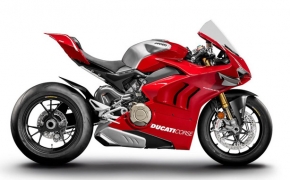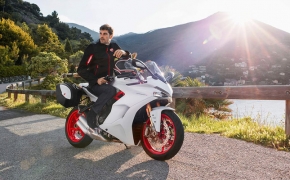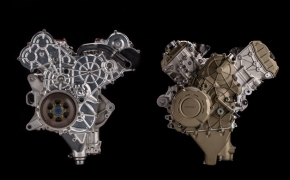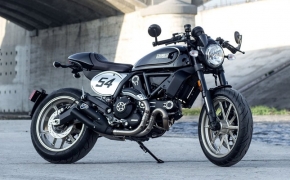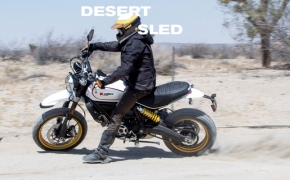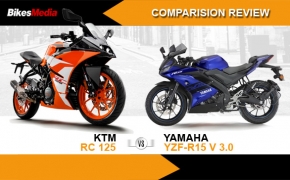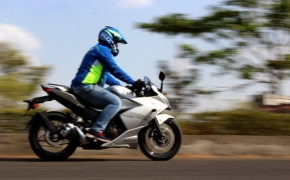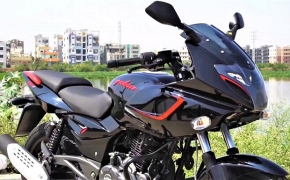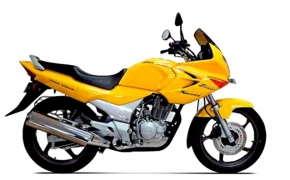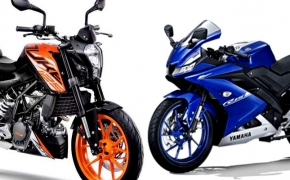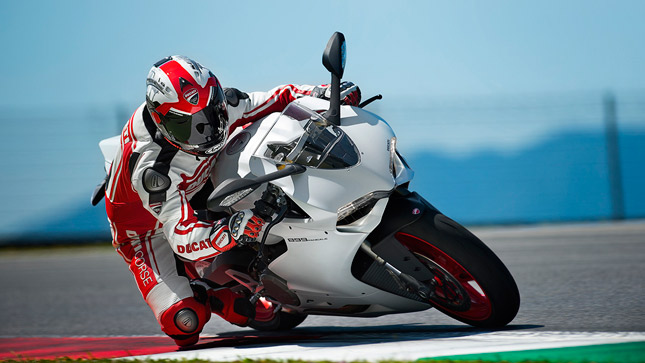 The clutch of your motorcycle is pretty much the most basic part of the bike and without it your bike is surely not moving anywhere at all. The clutch is used to engage and disengage the drive to your rear wheel and allow changing the gears of the bike. Yes you can just push on the gear pedal while the gas is off to change the gear without using the clutch, but then it is not that safe as the amount of friction the gear cogs go through is not healthy for their longer life and they could break under the stress. Hence for that reason a clutch is important as it does the work of taking off the load from the gearbox and hence allows us to easily switch into any gear we want.
The clutch of your motorcycle is pretty much the most basic part of the bike and without it your bike is surely not moving anywhere at all. The clutch is used to engage and disengage the drive to your rear wheel and allow changing the gears of the bike. Yes you can just push on the gear pedal while the gas is off to change the gear without using the clutch, but then it is not that safe as the amount of friction the gear cogs go through is not healthy for their longer life and they could break under the stress. Hence for that reason a clutch is important as it does the work of taking off the load from the gearbox and hence allows us to easily switch into any gear we want.Now in terms of clutches, there are two main kinds, the Wet type and the Dry type. The Dry type clutch is very rare in motorcycles. Only a handful of companies like Benelli and Ducati make them on their bikes and there is a pretty good reason for it. But before coming to that, one has to know what a dry type clutch is and how it works, right?
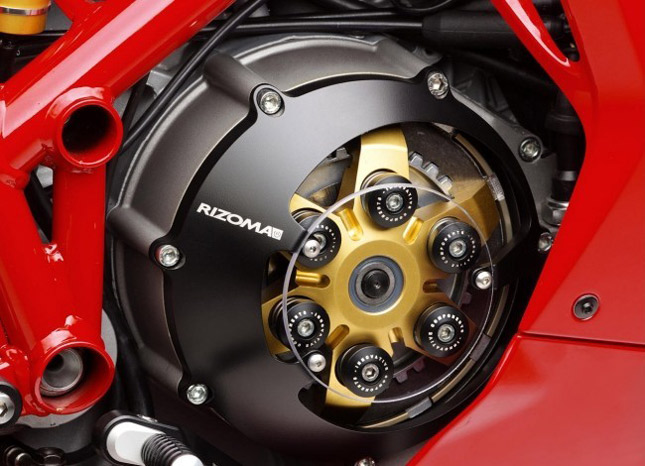 The clutch assembly of the bike is connected to the gearbox for shifting of gears and to engage and disengage the transmission. But it so happens that this means the clutch will be needed to be fixed within the engine. But then companies do not want this and hence they put the clutch mechanism in contact but it is located outside the engine assembly. This way the clutch does not really come in contact with any of the lubricants in the engine like engine oil. Now this has its own set of advantages and disadvantages that too we will check in some.
The clutch assembly of the bike is connected to the gearbox for shifting of gears and to engage and disengage the transmission. But it so happens that this means the clutch will be needed to be fixed within the engine. But then companies do not want this and hence they put the clutch mechanism in contact but it is located outside the engine assembly. This way the clutch does not really come in contact with any of the lubricants in the engine like engine oil. Now this has its own set of advantages and disadvantages that too we will check in some.In case of a dry clutch, there are less number of friction plates present, else there is a single huge friction plate located. This is because since there is no oil to mess with, the entire assembly is pretty light and smooth. They are in direct contact with air and are completely sealed away from the inside shaft. So you can claim that they are air cooled, but then due to the dry nature they get heated up very fast, due to the higher friction between them and due to lack of lubrication in it.
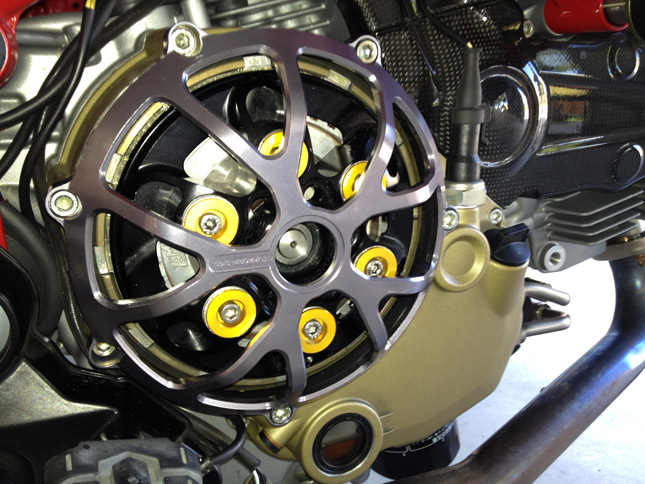 There are many myths about dry clutches claiming that they have a lighter clutch action which is totally false. It all depends on the inner coil springs of the clutch from where the heaviness of the clutch comes from. Secondly the dry clutches have less power loss and hence provide higher power than the wet clutch. This is true in some cases and in theory of physics and yes they are used in racing motorcycles for that reason as well. But when you consider this on the street and regular riding conditions, it has absolutely no difference in whatsoever condition.
There are many myths about dry clutches claiming that they have a lighter clutch action which is totally false. It all depends on the inner coil springs of the clutch from where the heaviness of the clutch comes from. Secondly the dry clutches have less power loss and hence provide higher power than the wet clutch. This is true in some cases and in theory of physics and yes they are used in racing motorcycles for that reason as well. But when you consider this on the street and regular riding conditions, it has absolutely no difference in whatsoever condition.READ ALSO: How The Motorcycle Clutch Works?
Another thing about dry clutches is, they tend to be too noisy. Well, clutch operations are noisy, but in case of a wet clutch the assembly being inside the engine, the noise that translates outside is almost none. But in case of dry clutches, when the clutch has been engaged, you can constantly hear the whirring sound, and to an untrained ear, this might sound like a disaster to happen. But nothing much to worry about, it is just normal. Dry clutches being open to the atmosphere catch up dirt and grime very fast and hence need continuous maintenance after regular intervals.
There is a high amount friction in the dry clutch and hence they do have a small life compared to wet type clutches since due to the high friction and stress and no lubrication, they tend to get scratches and cracks on the friction plates and hence need replacement soon. Plus they are pretty easy to mess up with as well since they are very easy to reach at.
Advantages of Dry Clutch:
Disadvantages of Dry Clutch:
Yes dry type clutches are not really practical in case of everyday use bikes, but then they are not used on them either. So it is better that they are on limited performance machines where they do justice for them being used. So if you happen to own a bike with a dry clutch do keep all these things in mind so that you can care for it a lot better.- Easy to reach and operate
- Can be serviced quickly
- Does not contaminate engine oil and hence provides for longer life of oil and removes the use of an oil filter.
- Gives higher power to the rear wheel on high performance bikes.
Disadvantages of Dry Clutch:
- Heat up quickly
- Susceptible to cracks and scratches
- Need to be cleaned regularly
- Very noisy
- Tends to knock on itself
- Have short life span
By: Pratik Patole












